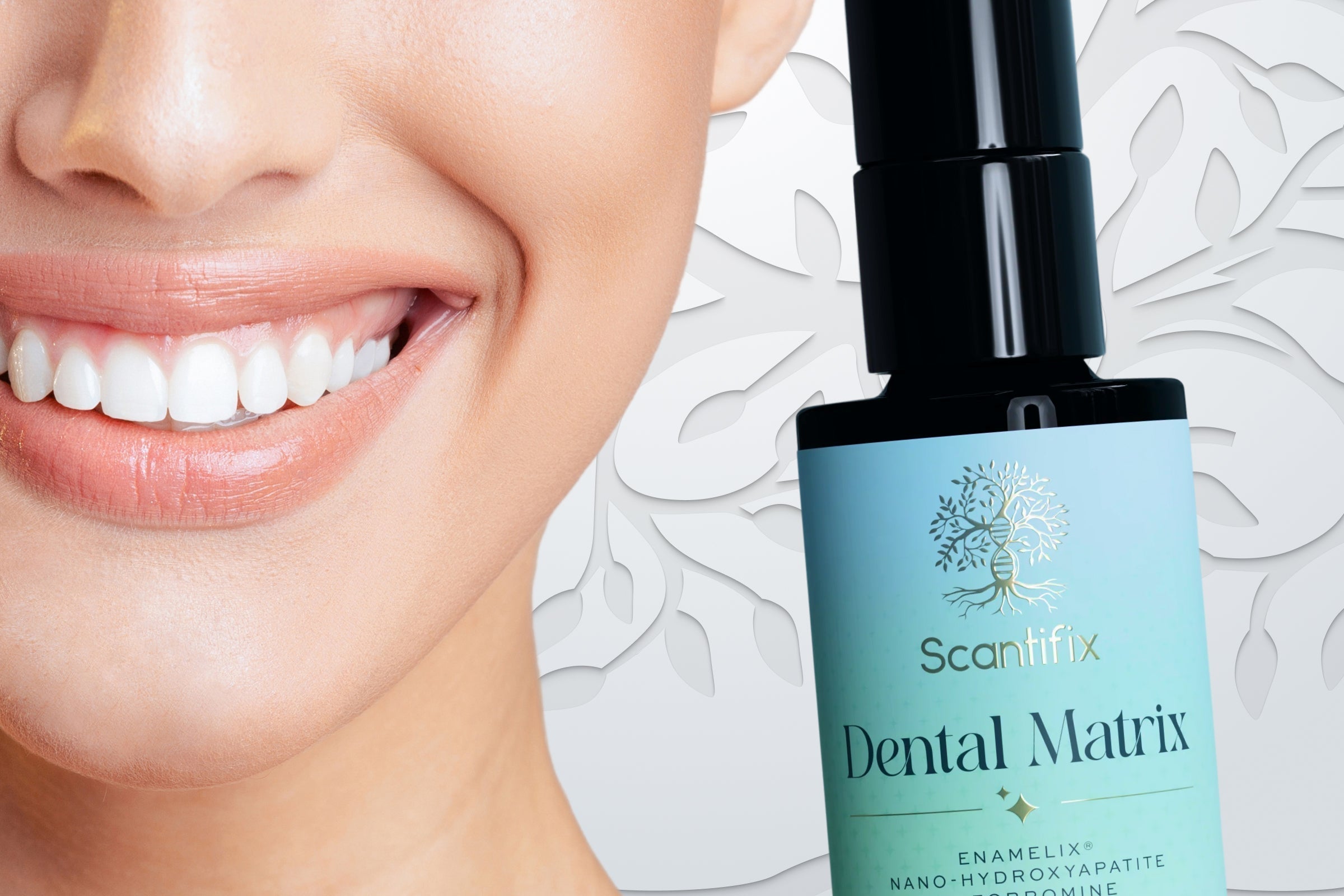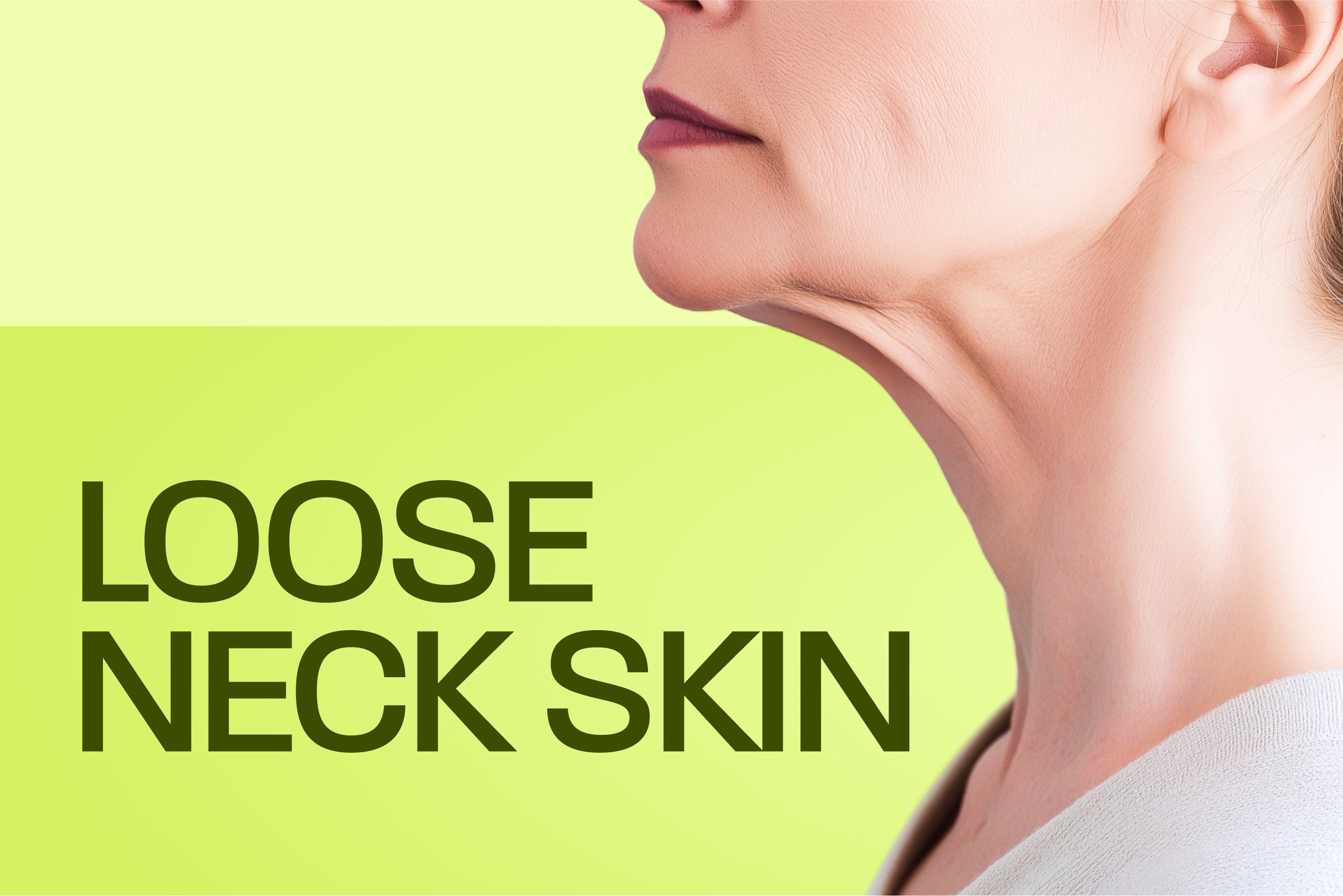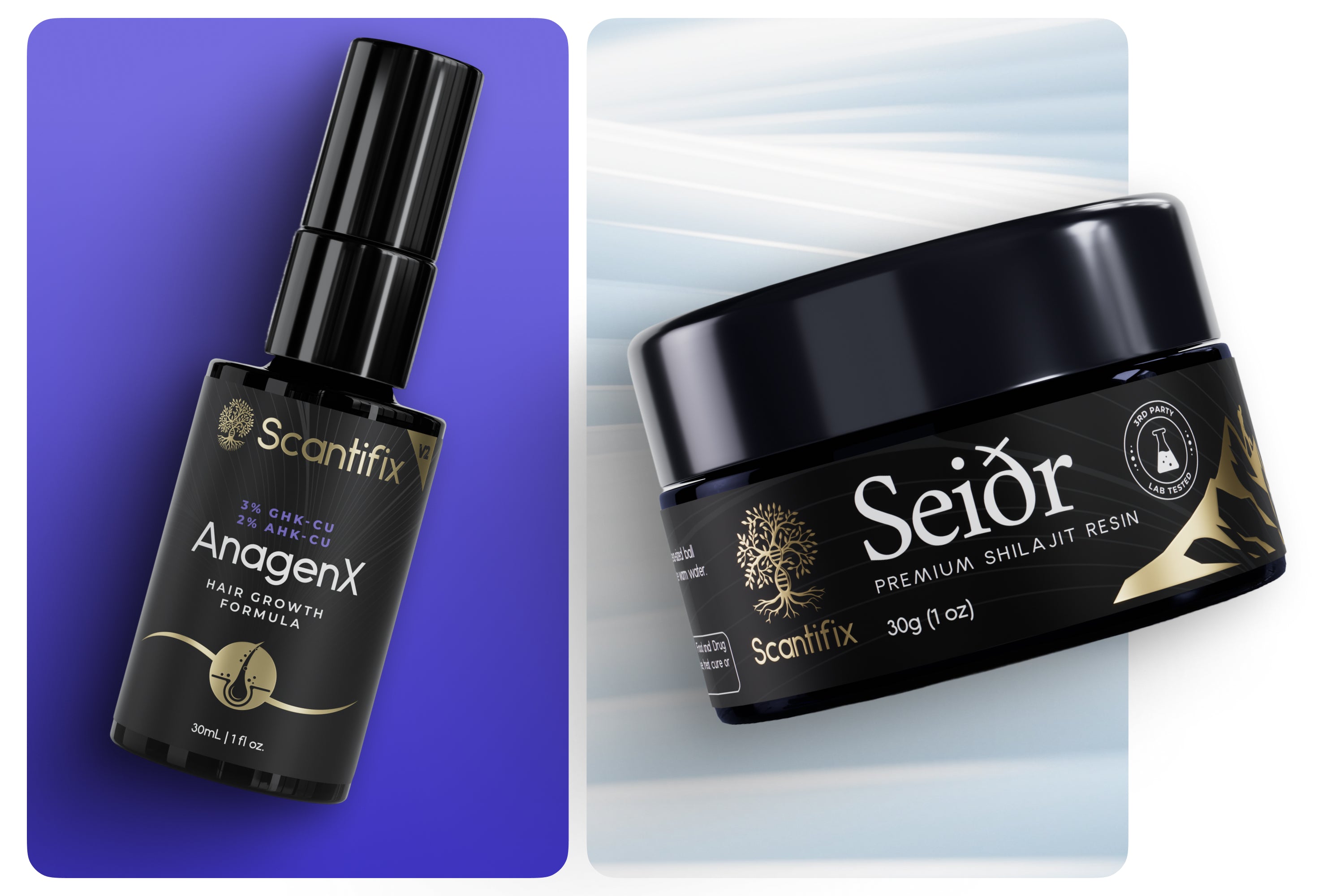As the popularity of peptides grows, so does confusion around how they work and how best to use them. One of the most accessible and effective delivery formats? Topical peptides.
In this guide, we’ll explore everything you need to know about topical peptides. You'll discover why they’re considered the future of skin care and how you can harness their power safely and effectively at home.
What Are Topical Peptides?
Topical peptides, or cosmetic peptides, are short chains of amino acids that are applied directly to the skin. Think of them as biological messengers that communicate with your cells, telling them to perform specific functions like producing collagen, repairing damage, or regenerating tissue.
Unlike proteins, which are large and complex, peptides are small enough to penetrate the skin barrier when properly formulated. Research has established that molecules under 500 Daltons can effectively pass through the outer layer of the skin, and most effective topical peptides are specifically designed within this size range (Bos & Meinardi, 2000).
When you apply peptide products for skin care, these molecules work at the cellular level to trigger different cellular functions depending on the peptide.
The Four Types of Topical Peptides
Not all peptides work the same way. Different types serve different functions in your skin. Here are the four main categories of topical peptides you’ll see in skincare (Pintea et al., 2025):
- Signal Peptides
These peptides send signals to your skin to produce more collagen, elastin, and other proteins that keep it firm, smooth, and resilient. Example: Palmitoyl Pentapeptide-4 (Matrixyl), a powerhouse peptide that supports visible renewal and repair.
- Neurotransmitter-Inhibiting Peptides
Known for their wrinkle-smoothing effects, these peptides help relax facial tension by reducing the signals that cause muscles to contract. Example: Snap-8, often called a gentler alternative to Botox.
- Carrier Peptides
These peptides deliver trace minerals, like copper, deep into the skin to support tissue repair and enzyme function. Example: GHK-Cu (Copper Peptide), which helps renew and restore tired or aging skin.
- Enzyme-Inhibiting Peptides
These work by slowing the breakdown of collagen and elastin, helping preserve skin structure and slow signs of aging. Example: Soybean Peptides, commonly used in anti-aging formulations.
Topical vs. Injectable Peptides
Topical peptides are applied directly to the skin or scalp in creams, gels, or serums—offering precision benefits without the invasiveness of injections. While injectables enter the bloodstream or muscle, topical peptides work locally, interacting with skin and follicle receptors to trigger highly targeted effects.
-
Non-invasive and pain-free: No needles, no appointments, just simple at-home application.
-
Targeted delivery: Apply directly to concern areas like the under-eye, smile lines, or scalp for localized impact.
-
Lower risk of side effects: No risk of injection-related complications, and topicals stay where they’re applied, minimizing the chance of systemic (whole-body) reactions.
-
Clinically effective: Research shows topical compounds can reach 1000x higher concentrations in local skin tissue compared to systemic circulation (Chen et al., 2013).
- Beginner-friendly: No special training required. Just a clean routine and the right formulation.
- Flexible and easy to integrate: Seamlessly fits into existing skincare or haircare routine without major disruption.
Topical peptides are an ideal starting point for anyone looking to explore the benefits of peptide technology, offering a smart, low-risk way to achieve real results in skincare.
What to Look For in Effective Peptide Products for Skin
Purity: When evaluating peptide products, pharmaceutical-grade purity and concentration should be your top priority. High-quality peptides undergo rigorous purification processes to remove contaminants and ensure consistent potency. Look for products that specify their purity levels, ideally 95% or higher. But brands with integrity and care can offer purity levels near or at 100%.
Transparency: Third-party testing and verification standards separate premium products from inferior alternatives. Quality products will clearly identify each peptide and display transparent, current, third-party testing results rather than using vague language.
Storage: Proper storage and handling are crucial for maintaining peptide stability. Most peptides should be stored in cool, dry conditions with protection against UV light and humidity, both of which can break down peptide structures.
Format: Topical peptide products for skin are typically available in two formats: raw peptide powders and pre-made formulations. Raw peptides offer optimal freshness and purity, allowing you to create custom formulations that aren’t exposed to preservatives or stabilizers. Pre-made formulations offer convenience and can be just as effective when created and treated with care.
How to Use Topical Peptides
Creating Your Own Peptide Serum from Raw Materials
So what is a peptide serum? A peptide serum is a lightweight, fast-absorbing liquid formulation that delivers peptides efficiently to the skin. You can create your own fresh, custom serums using pure, raw peptides. Here’s how:
Step 1: Reconstitute the Peptide
- Start with clean hands and a clean working surface.
- Choose your preferred water-based carrier. We recommend hyaluronic acid serum because it’s hydrating, is widely compatible with skin, and doesn't interfere with peptide stability.
- Add some of the hyaluronic acid serum directly to the peptides in its original jar or vial and swirl gently to dissolve. You can also use a peptide-appropriate solvent like bacteriostatic water.
- Do not shake aggressively. It may denature the peptide
Step 2: Mix With a Base Serum
- Add the reconstituted peptide solution into your preferred appropriate base, such as hyaluronic acid serum.
- Peptides for anti-aging skincare are typically added to serums or creams at concentrations of 3 to 10%. At Scantifix, our raw peptides are carefully weighed and precisely portioned to easily create the ideal peptide serum without the need for calculations.
Step 3: Storage and Usage
- Store raw peptides and finished peptide serums in the refrigerator for freshness
- Use an opaque, airtight container to preserve potency and efficacy.
- Use reconstituted peptide serums within 6 months.
Watch this short video to see how to create your peptide serum with hyaluronic acid and Scantifix pure, raw peptides.
Using Pre-made Peptide Formulations
Applying ready-to-use topical peptide products is straightforward but there are ways to optimise your results. Whether you’re using a pre-made formulation or a custom DIY serum, you can get the most out of your peptide product for skin by following these valuable application tips:
- Cleanse the skin before application.
- Apply while skin is still slightly damp to enhance absorption.
- Gently pat the product into the skin rather than rub.
- Less is more. You only need a couple drops.
- Check that the rest of your routine is compatible with peptides.
- Apply before heavier creams or oils.
- Always apply sunscreen at the end of your routine.
- Be consistent. Topical peptides work best with regular, daily use.
Scantifx: The Best Peptides for Skin
The skincare industry is saturated with brands that cut corners—using impure ingredients, relying on unnecessary fillers, and offering little transparency or innovation. Scantifix is determined to challenge that standard.
We’re the first cosmetic manufacturer to third-party test all peptides for purity, using only the highest-grade ingredients on the market. That includes the world’s first 100% pure GHK-Cu. While many brands settle for “cosmetic grade” peptides that may contain as little as 85% active ingredient and potentially harmful chemical residues, Scantifix exceeds both cosmetic and pharmaceutical standards with purity levels greater than 96.7%, and often 99%+.
Scantifix peptide products are packaged in MIRON Violetglass to protect against light degradation to preserving effectiveness, freshness, and stability. Last, but not least, every product is always vegan and cruelty-free.
Whether you're using our raw peptides like Snap-8 to create a custom serum or exploring our made-to-use formulas like AnagenX, Scantifix delivers unmatched purity, transparency, and innovation—making us the trusted choice for the best peptides for skin health and beyond.
References:
1. Bos, J. D., & Meinardi, M. M. (2000). The 500 Dalton rule for the skin penetration of chemical compounds and drugs. Experimental Dermatology, 9(3), 165-169.
2. Pintea, A., Manea, A., Pintea, C., Vlad, R. A., Bîrsan, M., Antonoaea, P., Rédai, E. M., & Ciurba, A. (2025). Peptides: Emerging Candidates for the Prevention and Treatment of Skin Senescence: A Review. Biomolecules, 15(1), 88. https://doi.org/10.3390/biom15010088
3. Chen, M., Gupta, V., Anselmo, A. C., Muraski, J. A., & Mitragotri, S. (2014). Topical delivery of hyaluronic acid into skin using SPACE-peptide carriers. Journal of Controlled Release, 173, 67-74. https://doi.org/10.1016/j.jconrel.2013.10.007








Leave a comment
All comments are moderated before being published.
This site is protected by hCaptcha and the hCaptcha Privacy Policy and Terms of Service apply.